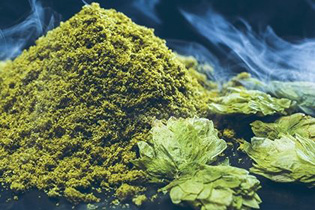MONDAY BEER AND WINE LINKS, MUSING, 03.06.17
Sometimes when hyperlinks start firing around here on Monday morning it might appear I have an attention problem. So here a road map. Jeff Alworth writes about the failure of a cloudy, murky beer in transit, JR Shirt about CloudyMurky and the line life, leading us to who’s looking out for beer quality (parts I and II), and back to Heady Topper, which may or may not be to blame for the accession of CloudyMurky. But that’s not the rabbit hole. Authenticity is the rabbit hole.
Granted, CloudyMurky is as well. I was in Minnesota last week, primarily to talk to the Minnesota Hop Growers at their annual meeting and workshop, where I heard the words “downy mildew” more often than you might in your lifetime. But en route I also had the chance to ask several people who know lots about brewing science the question that will soon have people running the other way when they see me coming: “How cloudy-murky, if at all, must these beers be to retain the magical flavors and aromas attributed to them?” Sometimes I use less polite language. My question is focused on the hop component although I know there is more, but that is the gist of it. I’ll get back to you when I find what looks like an answer.
 If everybody’s Twitter feed looked like mine then Cryo Hops definitely would have been trending yesterday.
If everybody’s Twitter feed looked like mine then Cryo Hops definitely would have been trending yesterday.